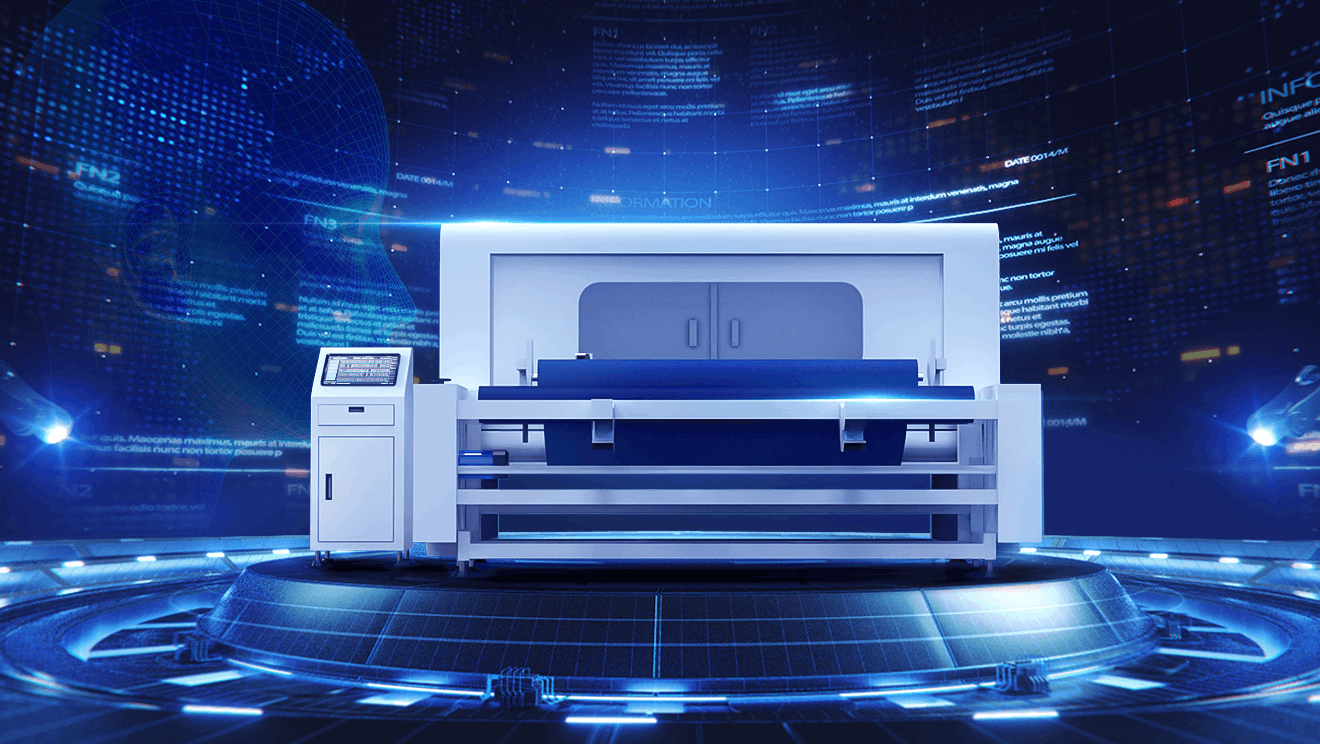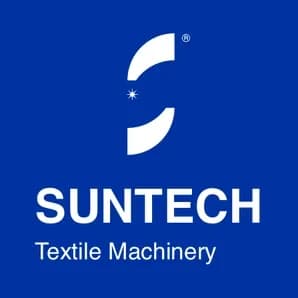
Backgroud
The enormous potential of the textile business necessitates a more dependable and effective strategy for the complete procedure. Before garment manufacturing, fabric inspection helps to understand quality in terms of color, density, weight, printing, measurement, and other quality parameters. The fact that about 20% of faulty clothes are caused by fabric defects demonstrates the need of doing pre-production fabric quality inspections. This may be performed with a fabric examination, which can also assure the initial high quality of critical materials.
The Challenges of Conventional Fabric Inspection
Both fabric producers and garment manufacturers check the textiles they use for quality control. Fabric inspection is the process of examining the fabric sheet for the existence of faults in the material and creating an inspection report. When the cloth has been examined, it will be assessed in accordance with its overall quality.
In traditional textile businesses, design, material selection, spinning, weaving, dyeing, and finishing all demand large investments of time and money.
For instance, while checking fabric, the fabric rolls are unrolled, the fabric is passed through an inspection machine with a light positioned immediately under the material, and the cloth is visually inspected by a fabric inspector. A fabric examiner will either apply a sticker or a chalk mark on any defects they discover when inspecting textiles. Depending on the amount of textiles and quality materials that must be identified, this procedure might take several days or weeks. This method is arduous and often leads to errors in the final product.
In addition, traditional production mainly depends on human quality inspection techniques, and the performance of manual visual inspection is significantly influenced by variables such as the body, fatigue, and the surrounding environment. The uncertainty of quality inspection efficacy will result in losses for the firms. Meanwhile, the company has both high employee expenditures and recruitment management difficulties. On the other hand, because there is no globally approved format, it is challenging to store and manage the data obtained via human inspections.
But, if there are issues with the material, the whole process may be severely slowed down, from the pre-production stages through the phases of mass manufacturing and, of course, delivery to the customer.
Why Is the Use of AI to Fabric Inspection So Crucial?
Fabric flaws diminish the value of textile items. Any defects in the fabric are passed to the final product, increasing its probability of being rejected. Thus, it is of the highest significance that the fabric's quality be rigorously inspected prior to production.
With the rapid expansion of industrial intelligence, the traditional manufacturing sector's difficulties, which are defined by low levels of efficiency and high costs, have become more obvious.
In contrast, in the world of industrial detection techniques, the AI inspection approach has become a "breakthrough" because to its non-contact nature, high efficiency, low cost, and high degrees of automation.
In this scenario, AI is capable of doing this task at a faster rate, with a far higher degree of accuracy, and without suffering fatigue. With the use of neuro-fuzzy or another system, artificial intelligence may be used to predict the fabric's properties prior to production. This is possible by exploiting the yarn and constructional information of the cloth.
In general, a fabric design might include a range of aspects, such as weaving, knitting, braiding, finishing, printing, and other comparable techniques. By using vision-based inspection as opposed to visual examination, manufacturers may be able to lessen the possibility of human error and fatigue during the detection of innovations and defects. In the textile industry, artificial intelligence algorithms are used throughout the fabric inspection process for flaw identification. The picture of the fabric to be evaluated is collected from the image capture equipment and then saved in the proper standard image format, allowing for fast inspection of the fabric and data recording.
Upcoming Tendencies in the Textile Market
The textile industry is one of the world's oldest and most significant industries. It is also a continually evolving and improving industry. One of the most significant advances in the textile business in recent years has been the advent of artificial intelligence (AI). Future years will see artificial intelligence play a big part in the modernization of the textile industry by helping to the enhancement of firm development and the introduction of sustainable fashion.
Many industries have started using AI in order to pave the road for digitalization and achieve more effective company development. The 2019 pandemic affected the procedures of several industries, and as a consequence, almost everything became digital. The textile industry is actively using AI and automation to enhance their production, manufacturing processes, customer interactions, and other company operations.
The global textile industry was estimated to be worth 961,5 billion US dollars in 2019, according to a separate report by Grand View Research. Due to the growing demand for clothing in emerging countries such as China, India, Mexico, and Bangladesh, it is predicted to grow at a CAGR of 4.3% between 2020 and 2027.
This data implies that the global demand for apparel is increasing. Businesses in the textile industry have used automation and artificial intelligence (AI) to lower the amount of money spent on labor and manufacturing while still satisfying the needs of individual consumers in response to the rising demand for higher-quality goods. The future of the textile sector seems to be rather successful for all industry players thanks to AI technology.







